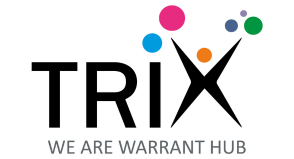Sustainability is one of the most recent theme designers have to deal with and sustainability parameters are quickly gaining the top of the list of the requirements any product has to fulfil. Due to standards, legal regulation and customer growing awareness of environmental issues, engineers cannot avoid turning their everyday activities from design to eco-design. By the way, a significant drop of environmental impact of products cannot be achieved by simply adding a „green‟ constraint to the already overpopulated list of design constraints. To answer to this issue a plurality of methods are available helping the designer (or pretending to) to assess product lifecycle or to provide suggestions on how to innovate the product or process according to sustainable goals. Within this context, the present work describes a way of using TRIZ concepts and tools in order to both assess and innovate a technical system so that some practical activities to ensure sustainable results can be easily embodied into everyday design practice. The main novelty on the operative level consists of an original method based on a set of Guidelines derived from Laws of Technical System Evolution (LTSE) in order to assess the value of existing solution (e.g. using Resources and Functionality as a metric of evaluation), to understand the most promising directions of improvement and to improve said solution also according to sustainability requirements. The paper will show the way Guidelines are applied with practical examples and an industrial case study will be presented and discussed.
